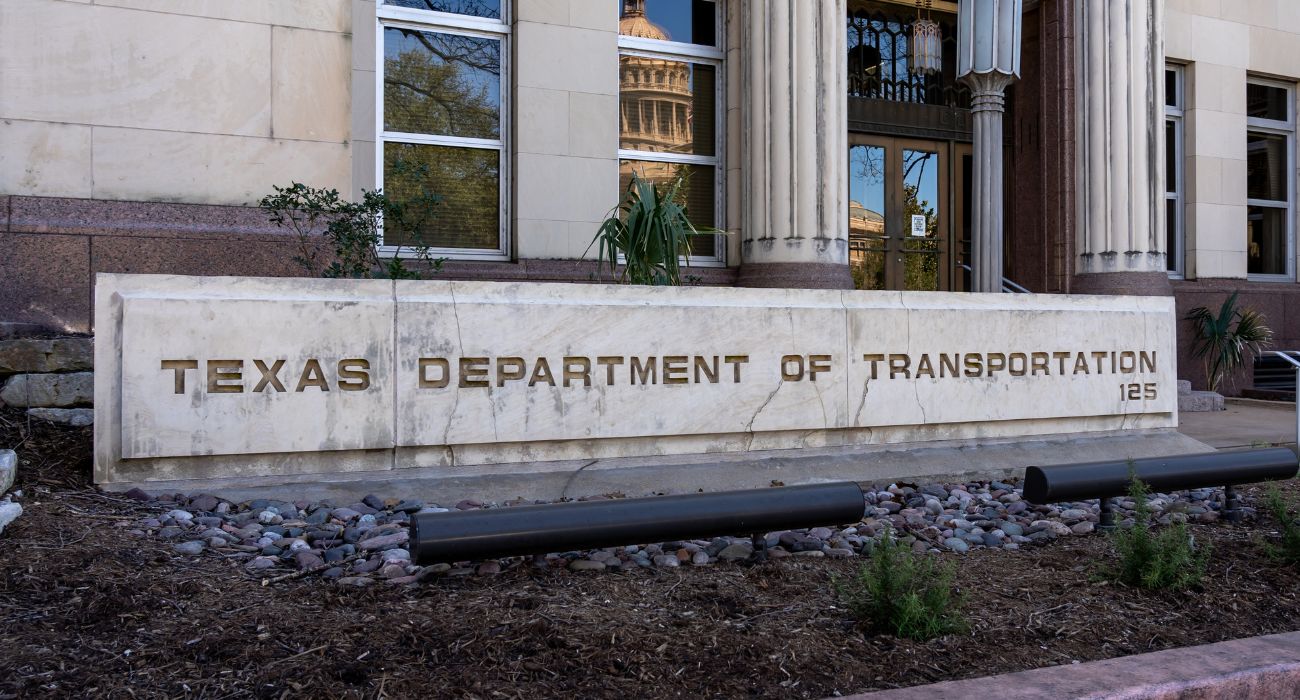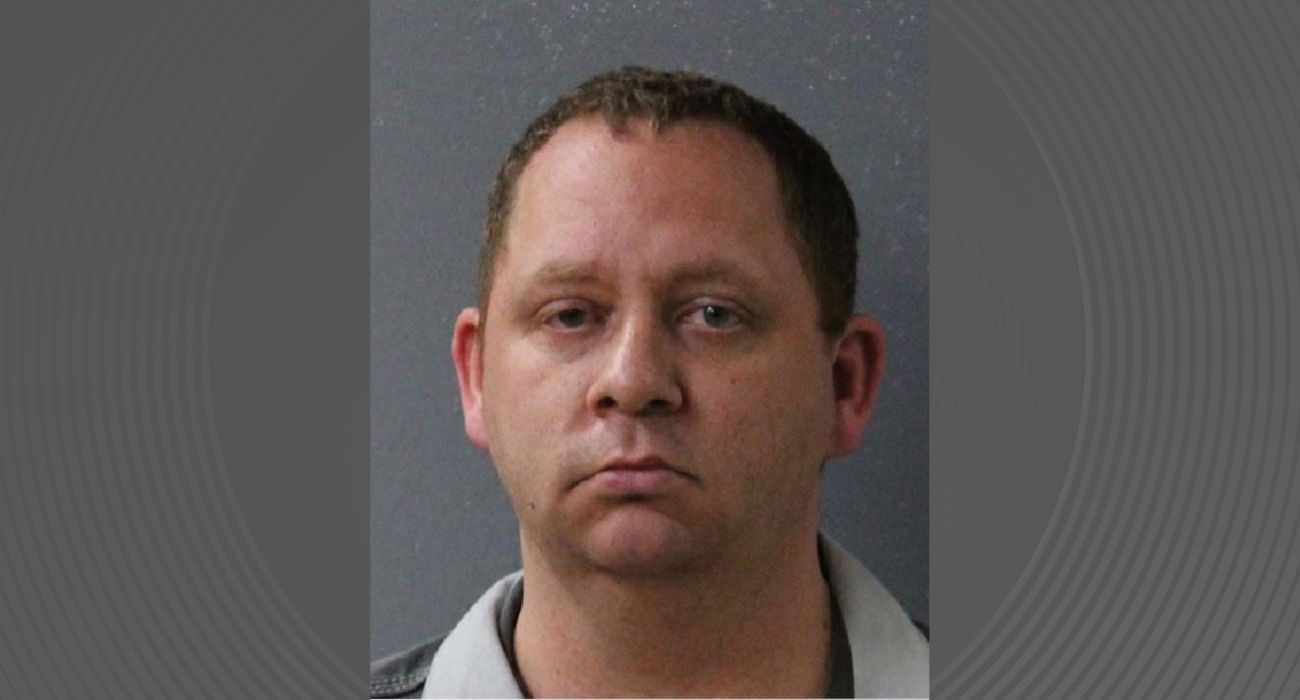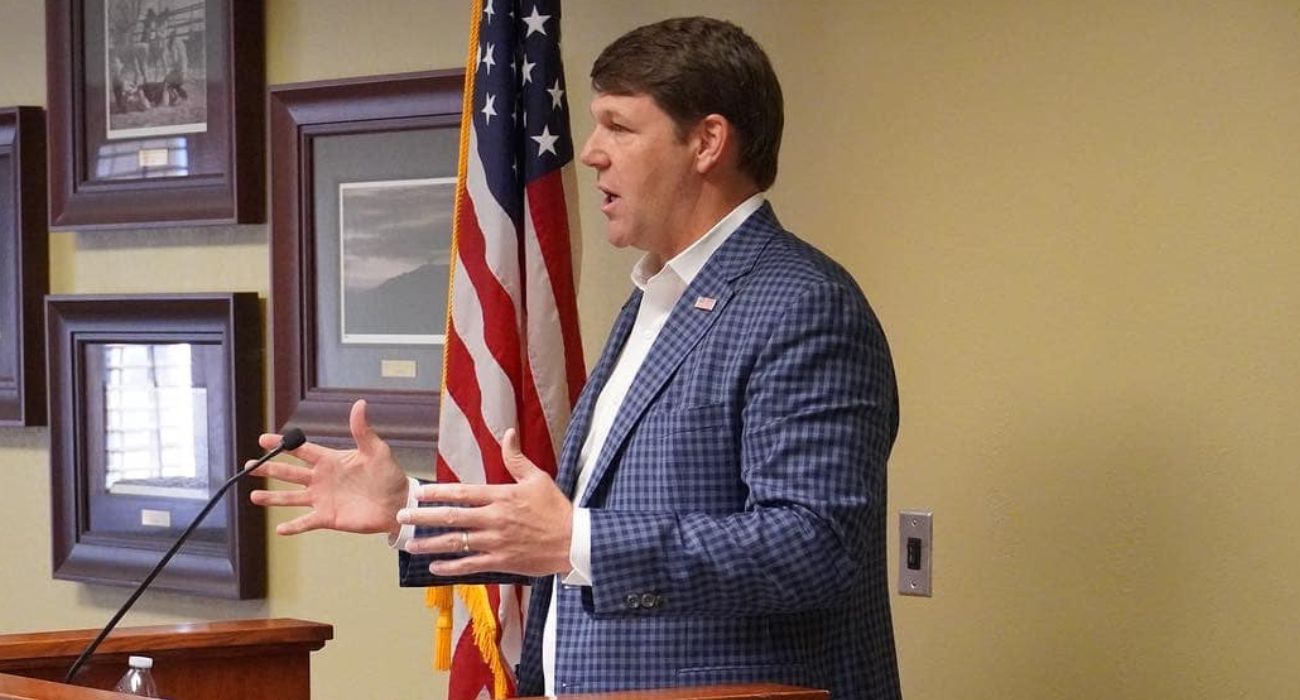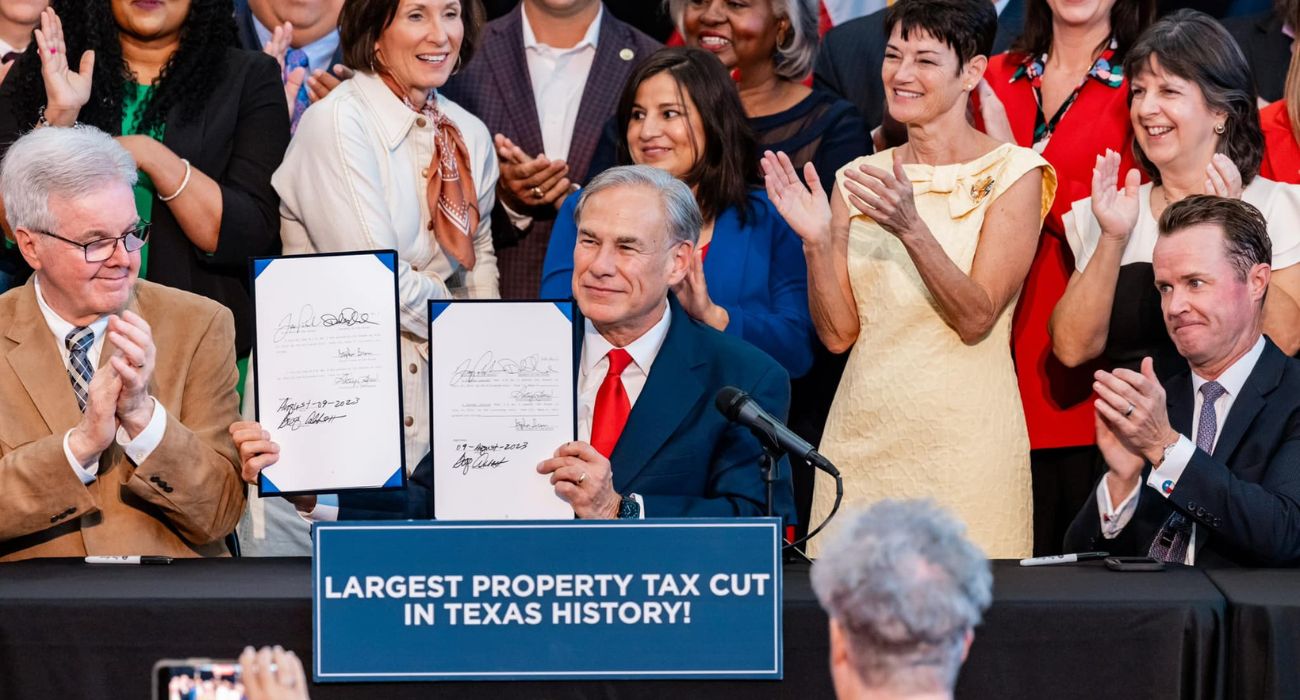Officials from the Texas Department of Transportation (TxDOT) have extended the public comment period on the U.S. 380 bypass project a second time.
TxDOT began preparing its environmental impact statement in 2020.
It includes a public hearing period for the inclusion of feedback from the community. This period was set to end on March 21, but TxDOT initially extended it to April 5.
With this second extension, it has been scheduled to end on April 20, per Community Impact.
Once this second period of public comment wraps up, there will be further consideration of the alignments.
A record of the decision will be issued by the end of the year, explained Madison Schein, a TxDOT public information officer, per Community Impact.
While this would finalize the route for the bypass, TxDOT officials have already indicated that the Blue Alternative, which encompasses Segments A, C, and E for the bypass route, is their preferred route.
On the other hand, other town officials and community members favor alternative routes that incorporate different segments.
For her part, Amber Block, a Collin County resident of McKinney’s extraterritorial jurisdiction, could see half of her 11-acre property stripped away for this new project.
As The Dallas Express previously reported, the Blue Alternative would require the seizure of property from 22 homeowners and 35 business owners.
In fact, in 2022, McKinney City Council passed a resolution in support of the Brown Alternative, which comprises Segments B, E, and C.
While Segment A allows for a more direct route, Segment B is cheaper to the tune of over $150 million, TxDOT officials claim, per Community Impact.
As local authorities are responsible for 10% of the costs related to acquiring property for the bypass and relocating utilities in their jurisdiction, this price difference is significant.
Yet the town of Prosper, which Segment E passes through, also prefers Segment A on the basis that an indirect route would negatively impact its future development.
According to TxDOT, Segment C of the U.S. 380 Bypass Project would impact 10 residences and 19 businesses, including the property of Block.
“It’s so peaceful out here,” Block said, per Community Impact. “All the wildlife you hear, it’s not gonna be here anymore. … [The bypass will] be, like, literally 100 feet from my barn.”
As explained by Gary Graham, McKinney’s director of engineering, Segment C is preferred due to it offering the possibility of linking up to the McKinney National Airport through an intersection at FM 1827 and U.S. 380, per Community Impact.
Two things are for sure: not everyone will be happy with whatever TxDOT decides, and the bypass project needs to happen.
“There must be a [U.S.] 380 bypass. … Our thoroughfare congestion right now is untenable,” McKinney Mayor George Fuller said, per Community Impact.
The proposed bypass would feature a controlled-access freeway with eight lanes and two-lane frontage roads in both directions. This would help mitigate congestion caused by the amplified traffic in central Collin County, particularly in McKinney.
The U.S. Census Bureau logged an increase of nearly 42% in Collin County’s population between 2010 and 2020, as well as a 36% growth in Denton County.
If project funding is secured, construction on the bypass could start as early as 2027.






